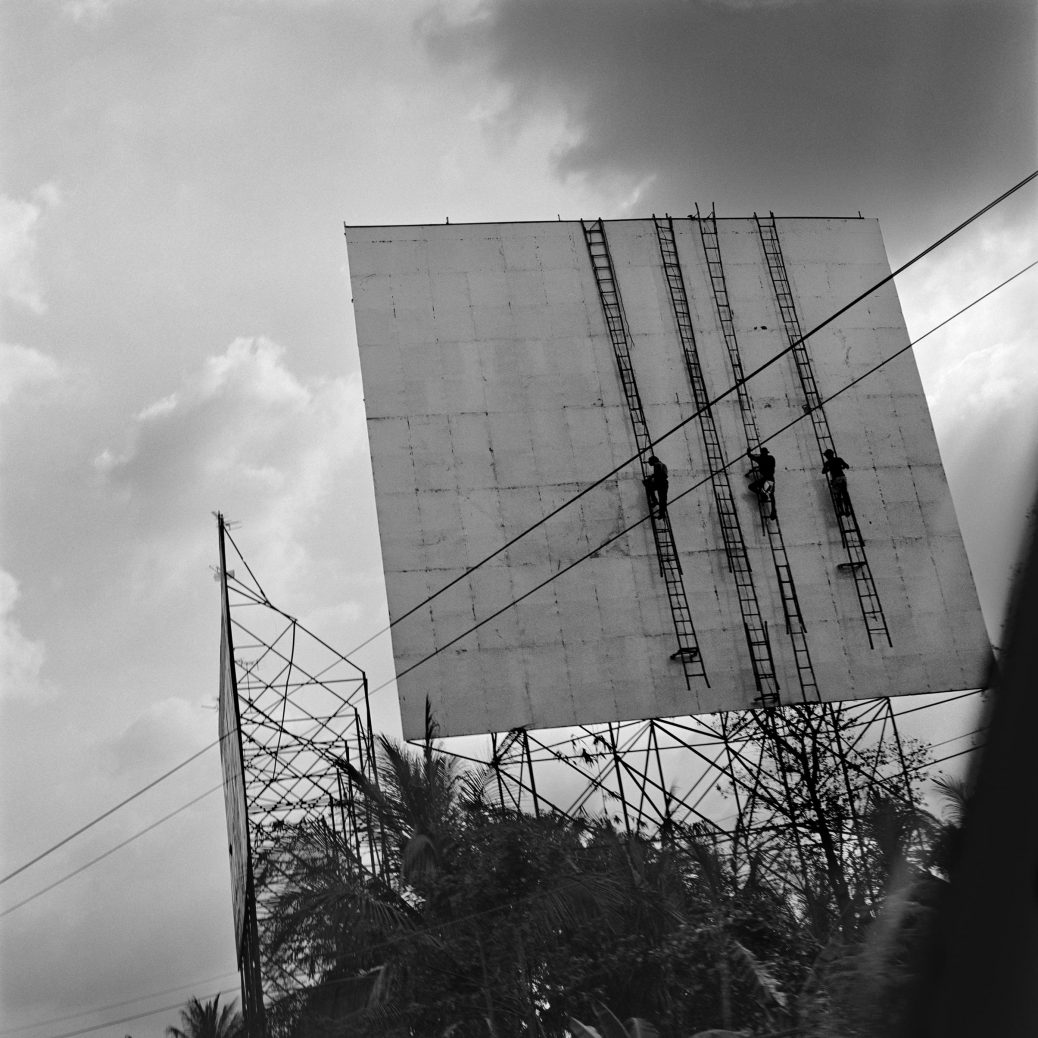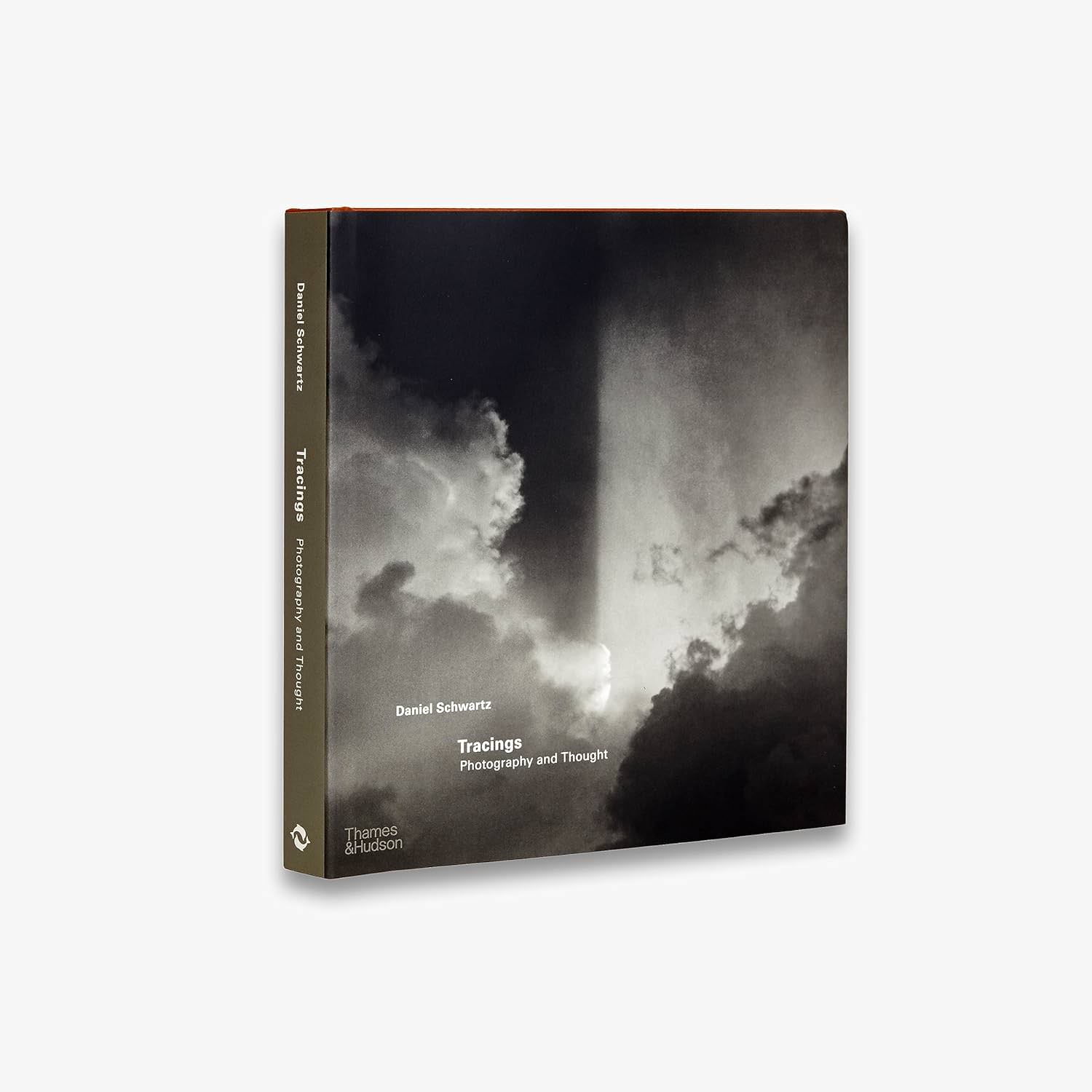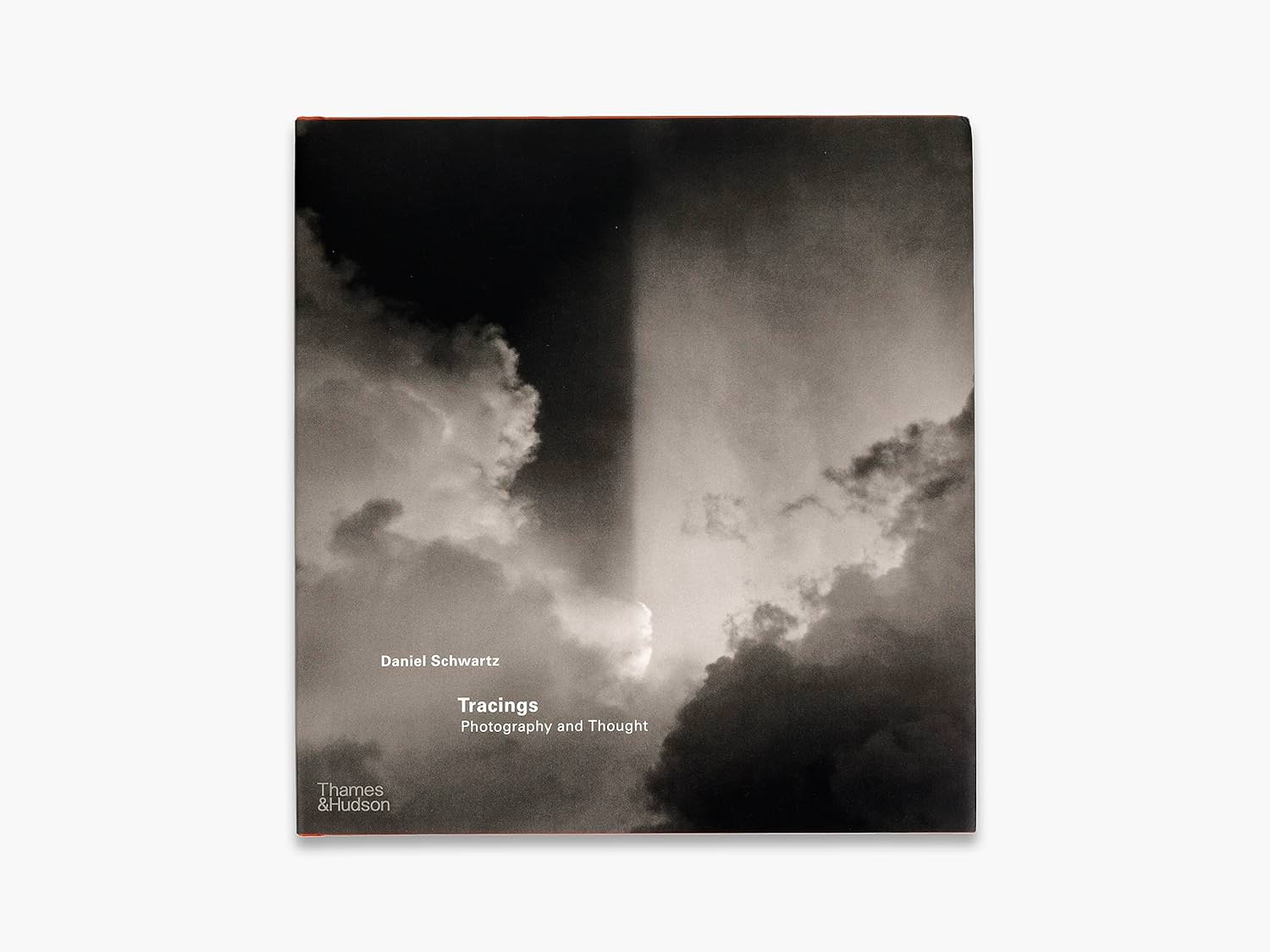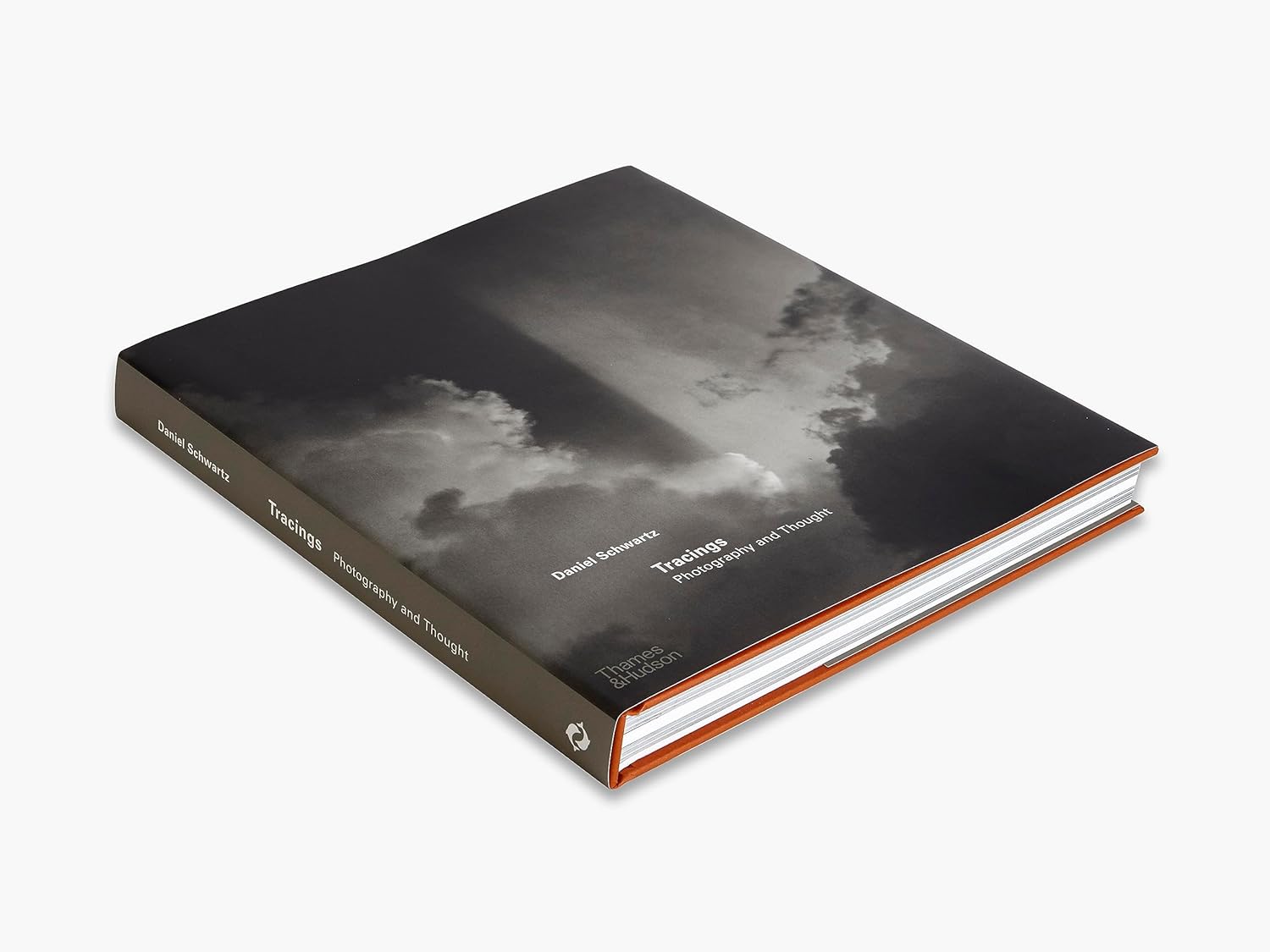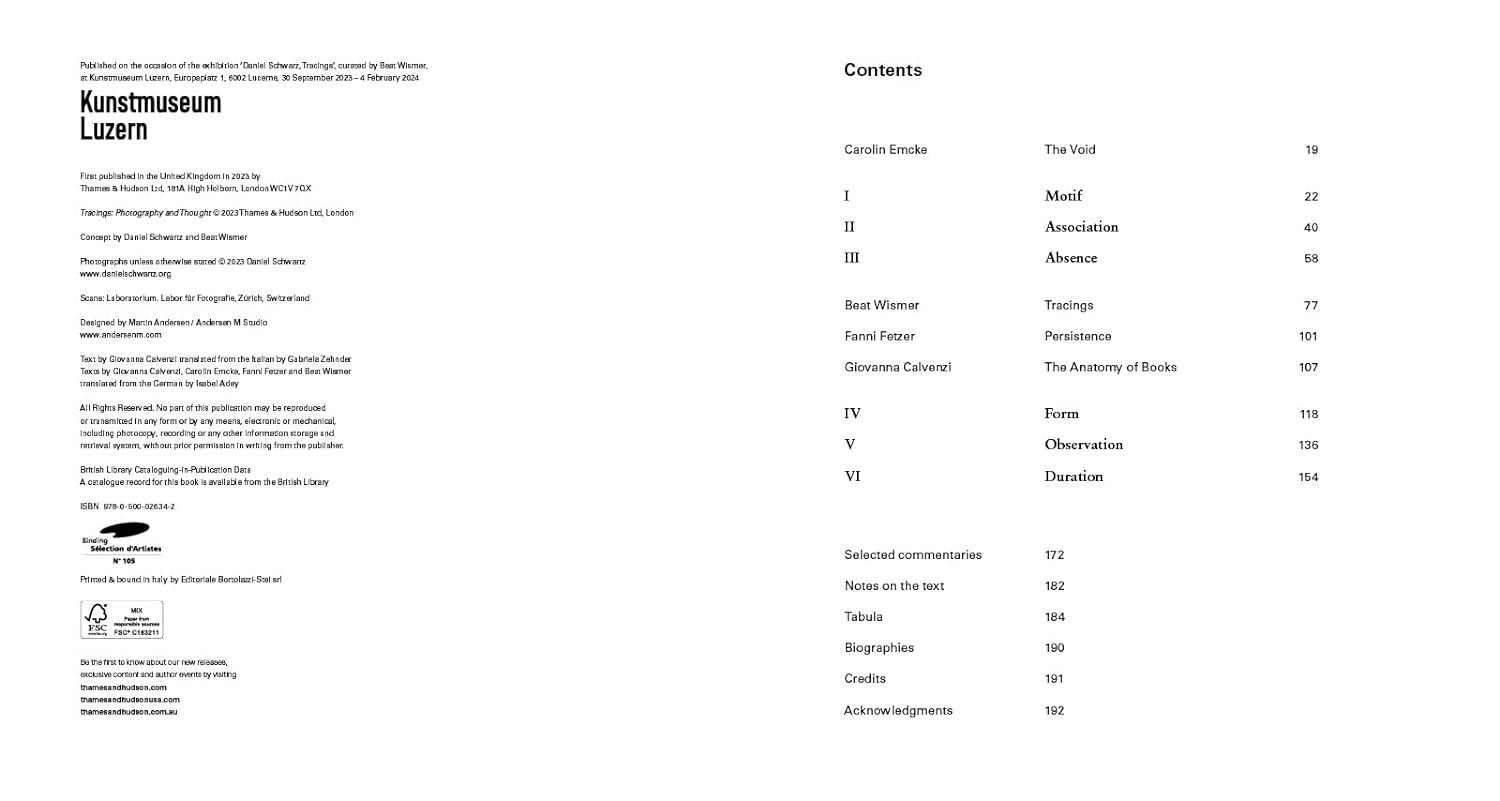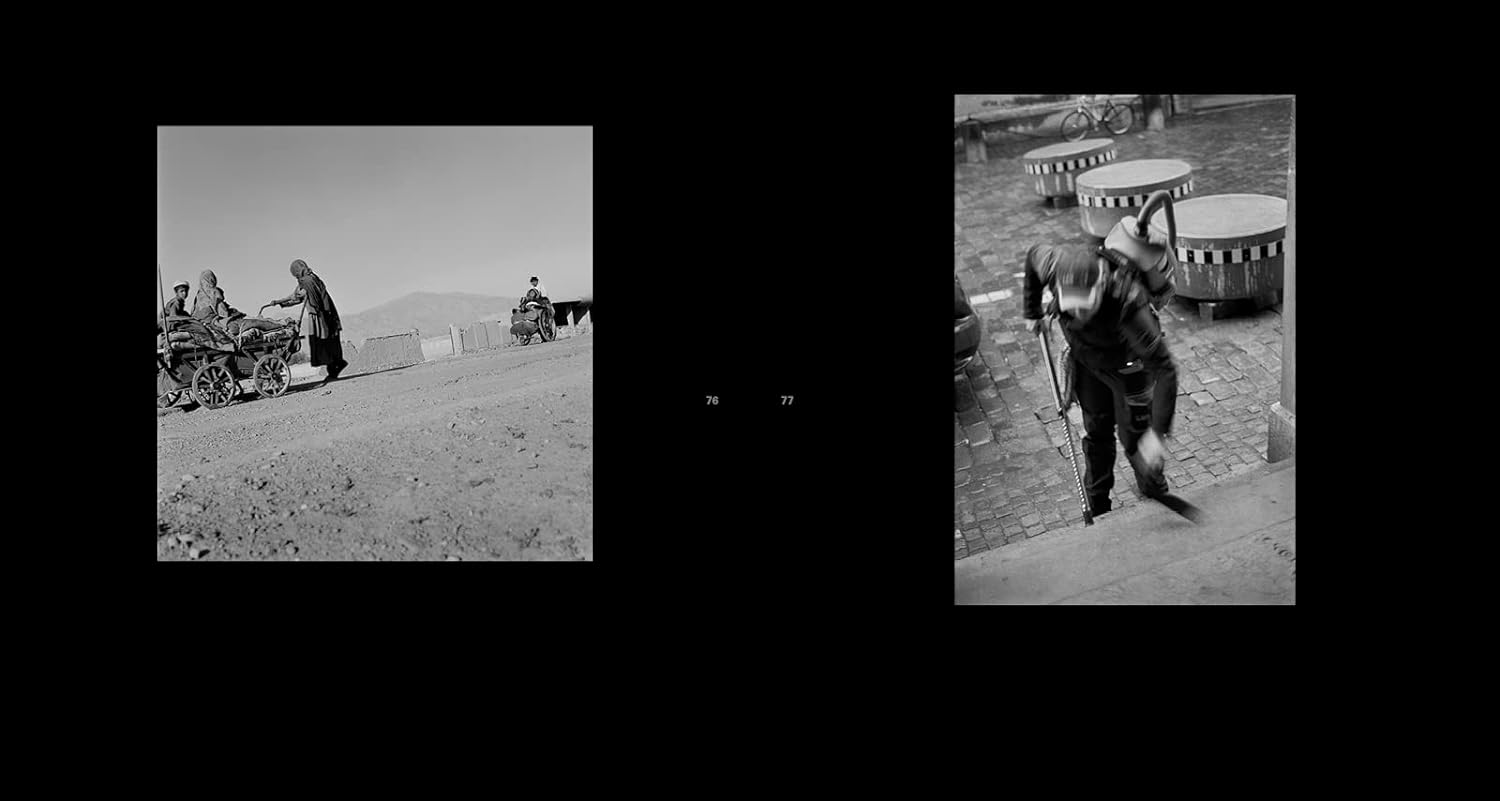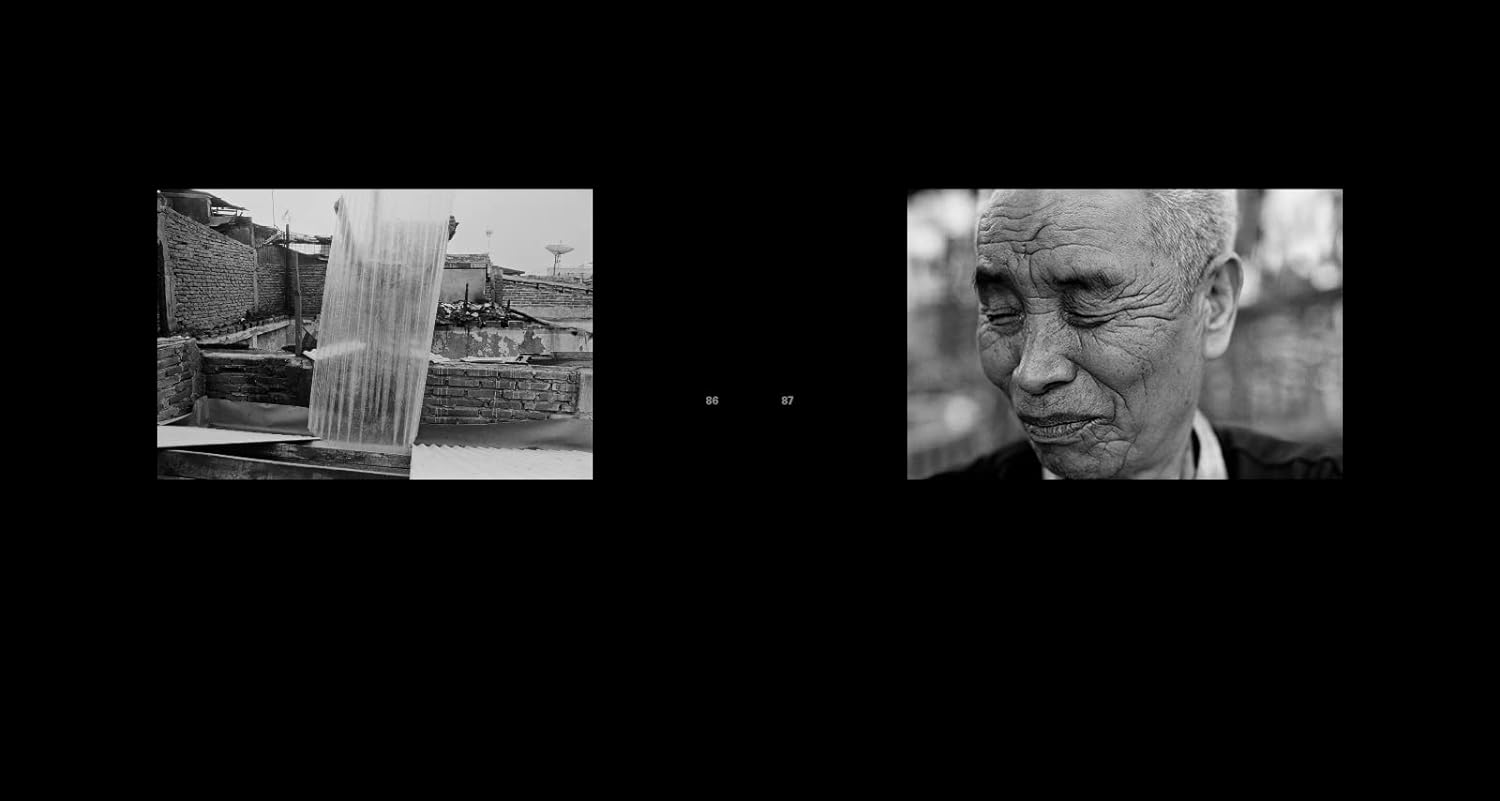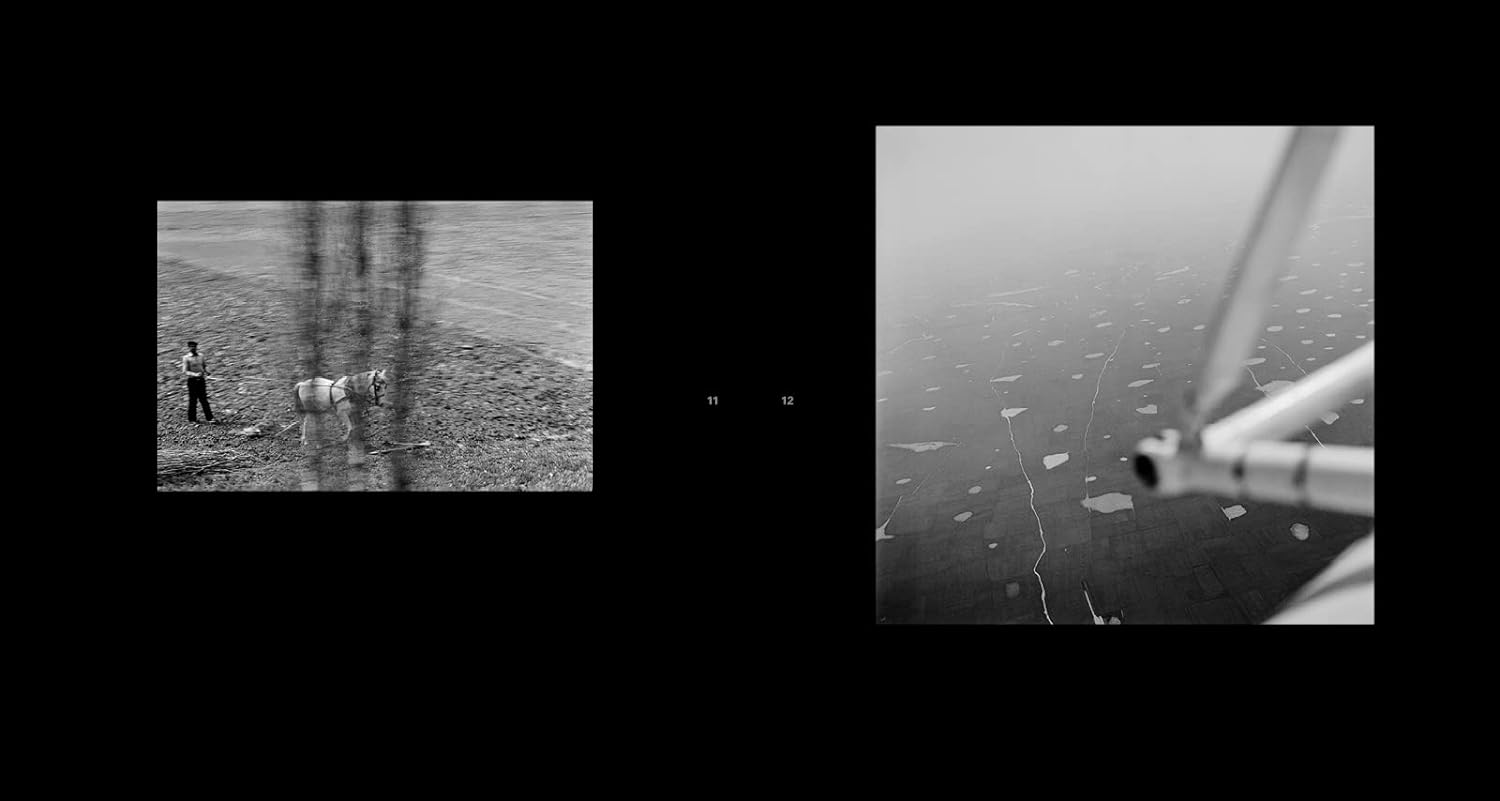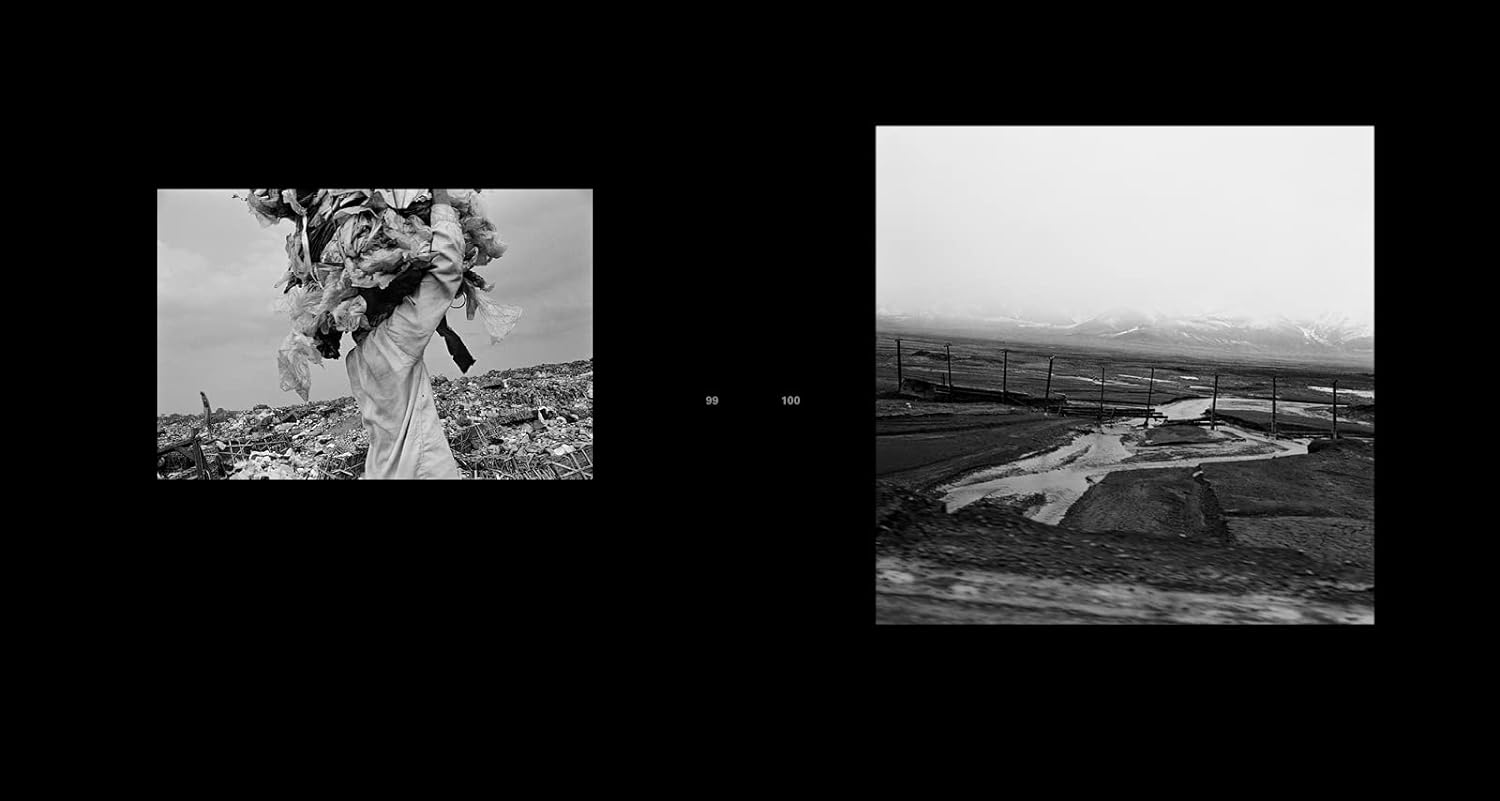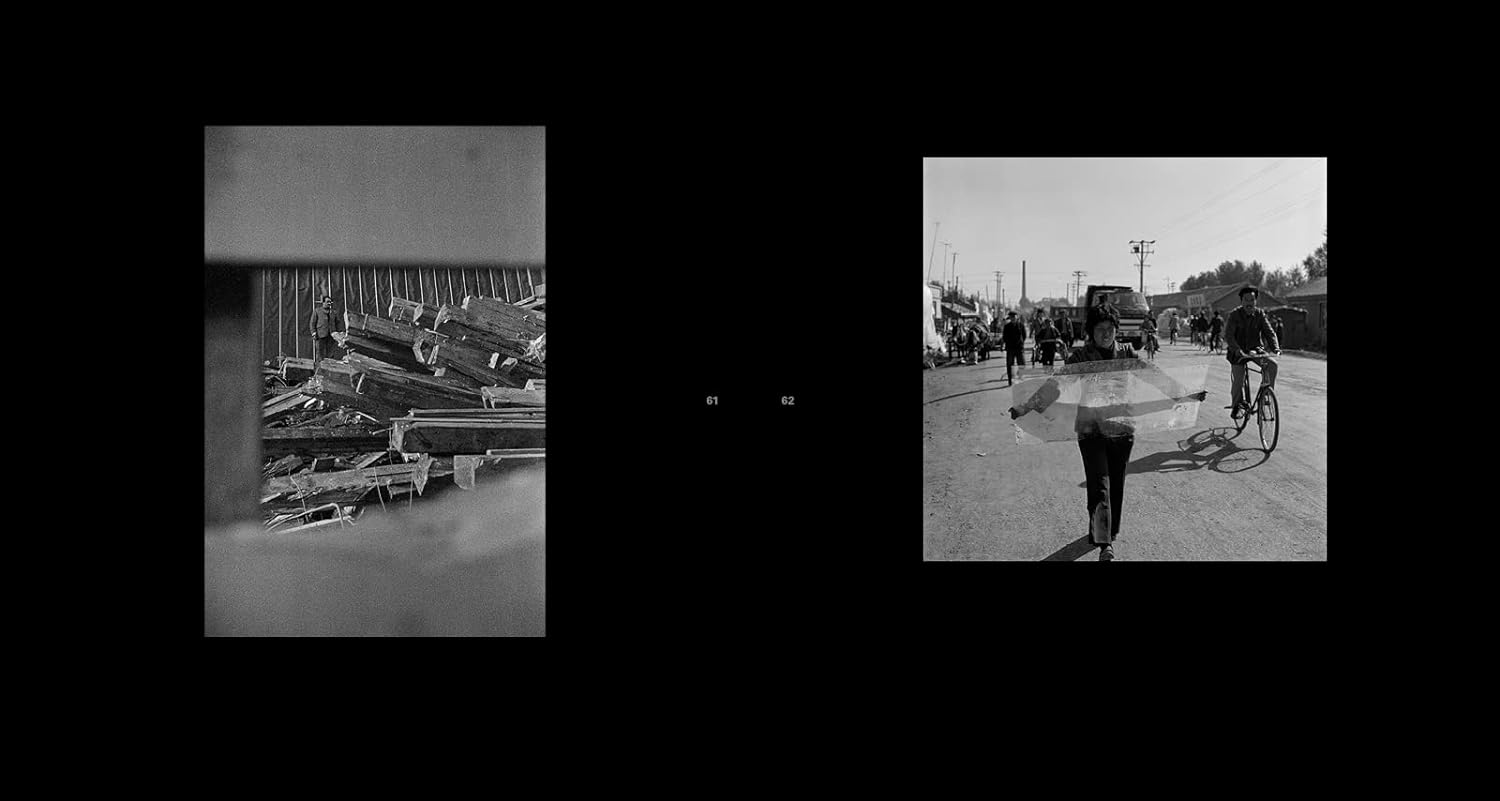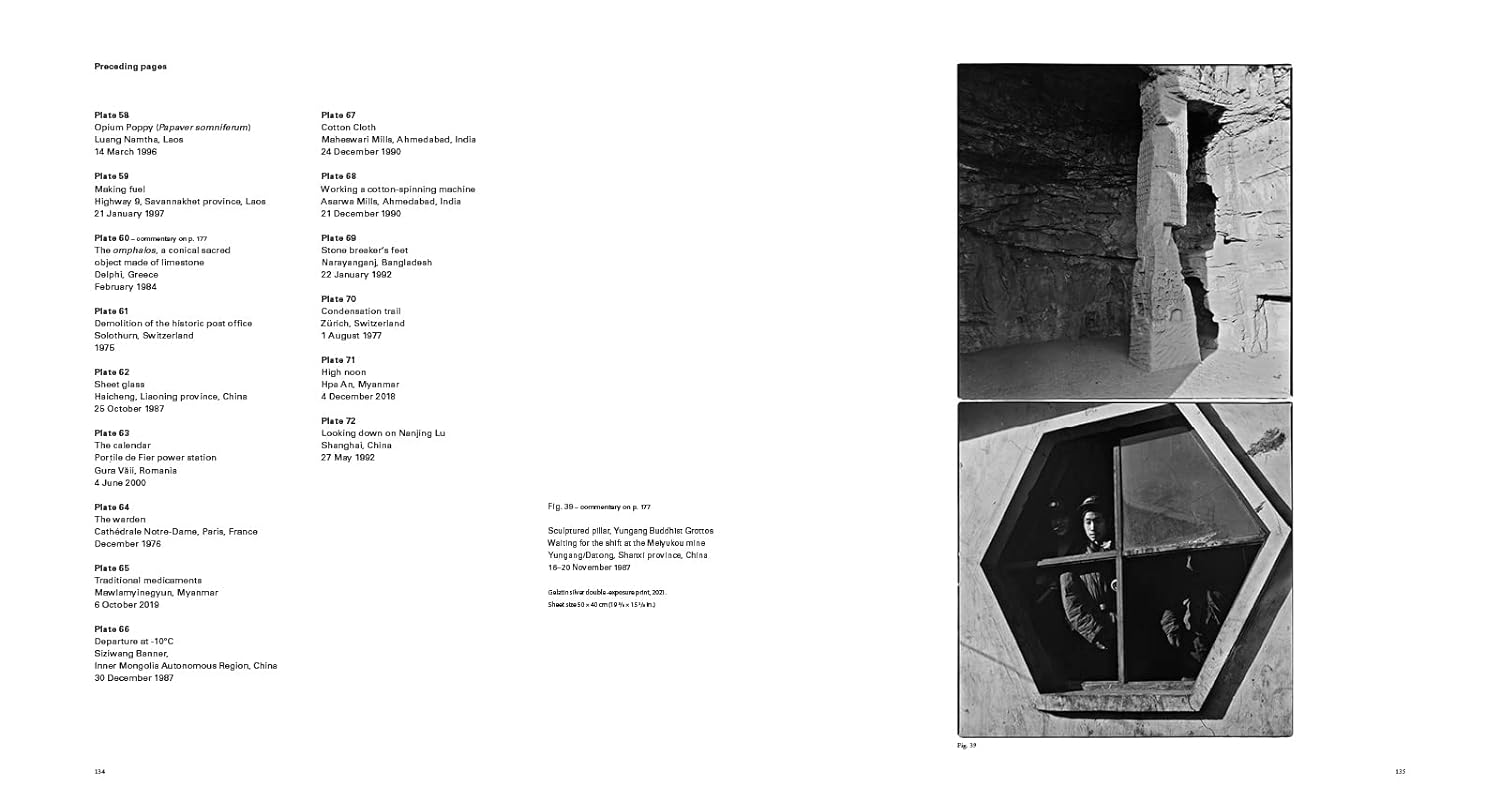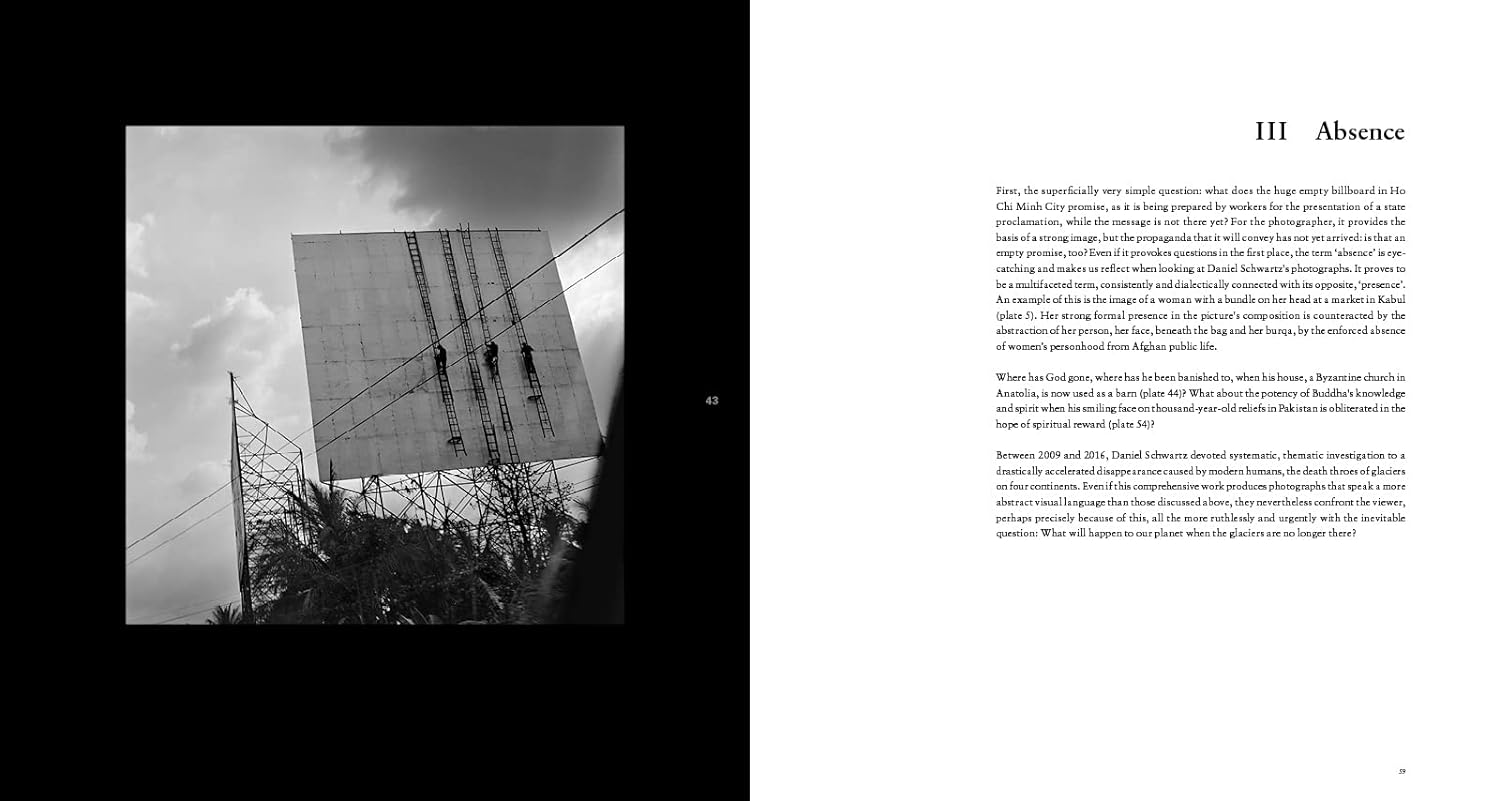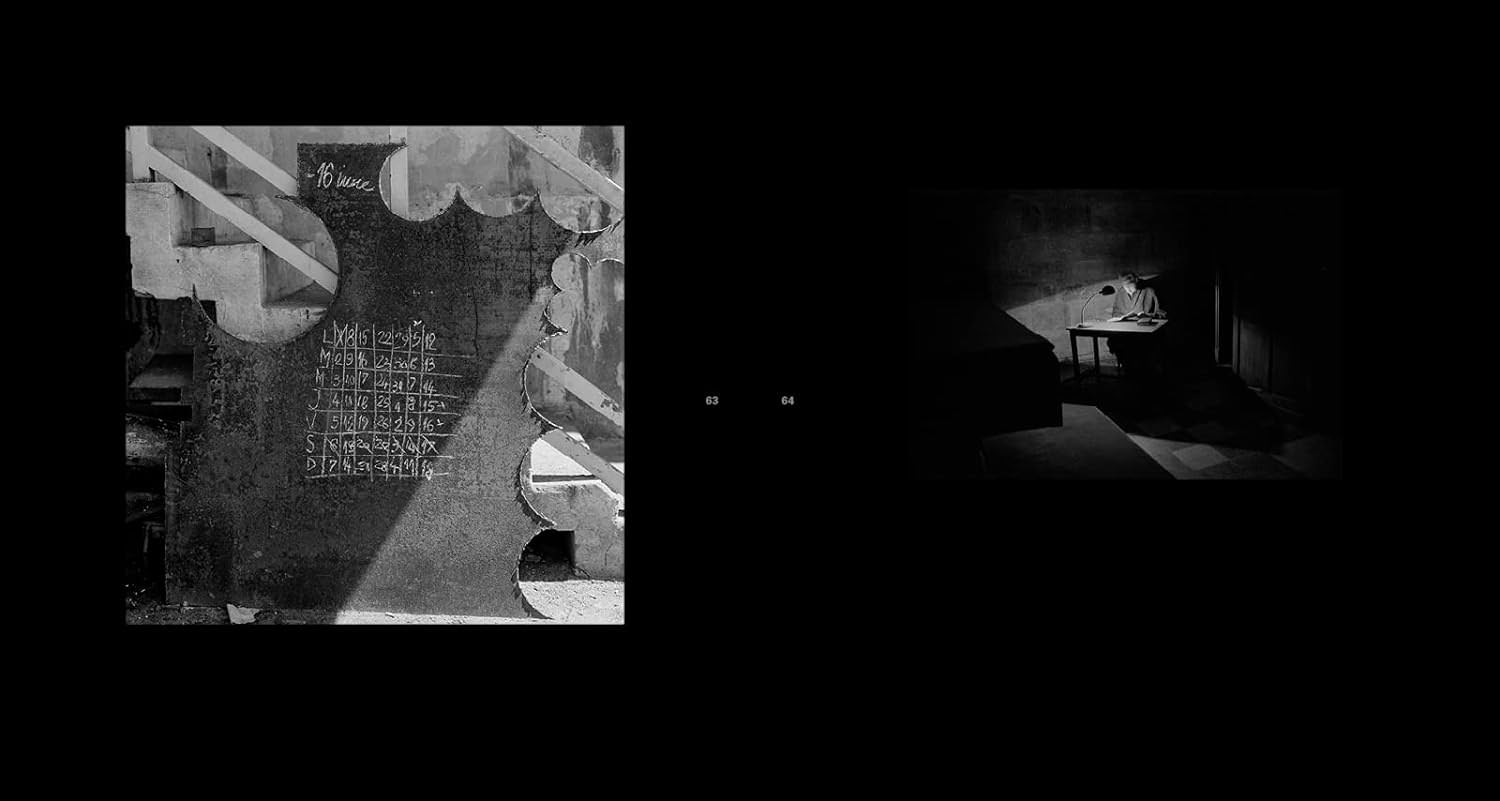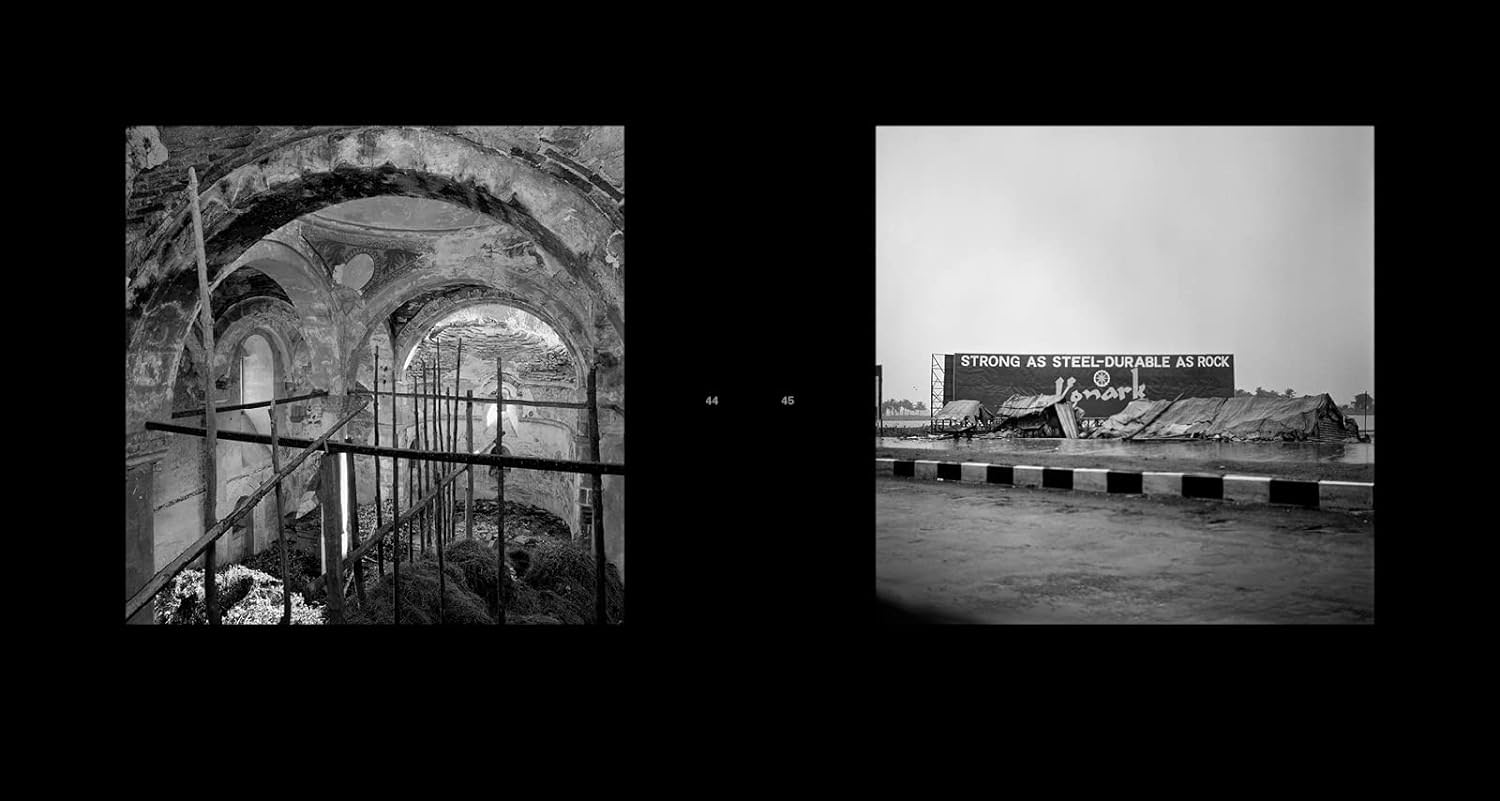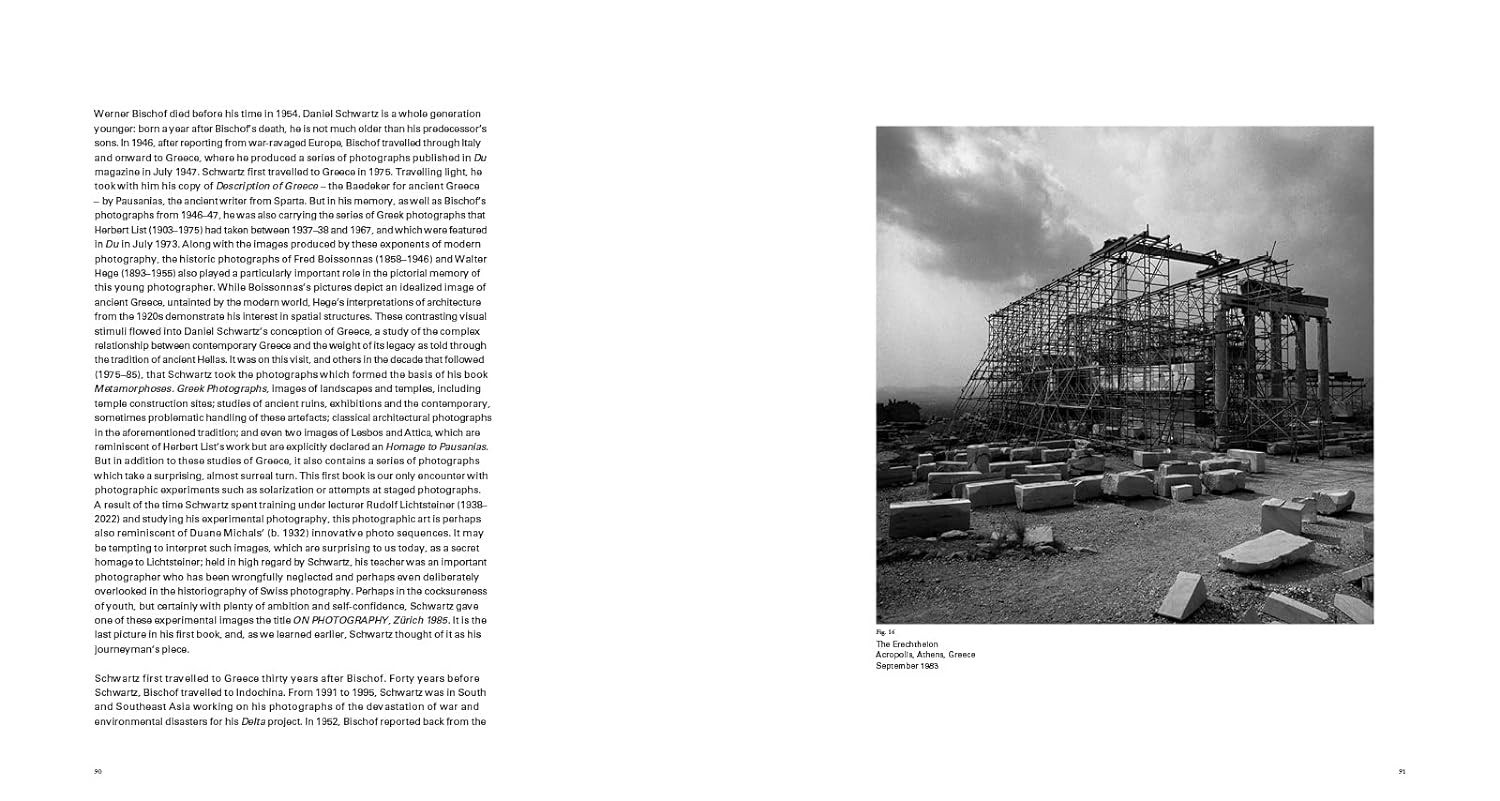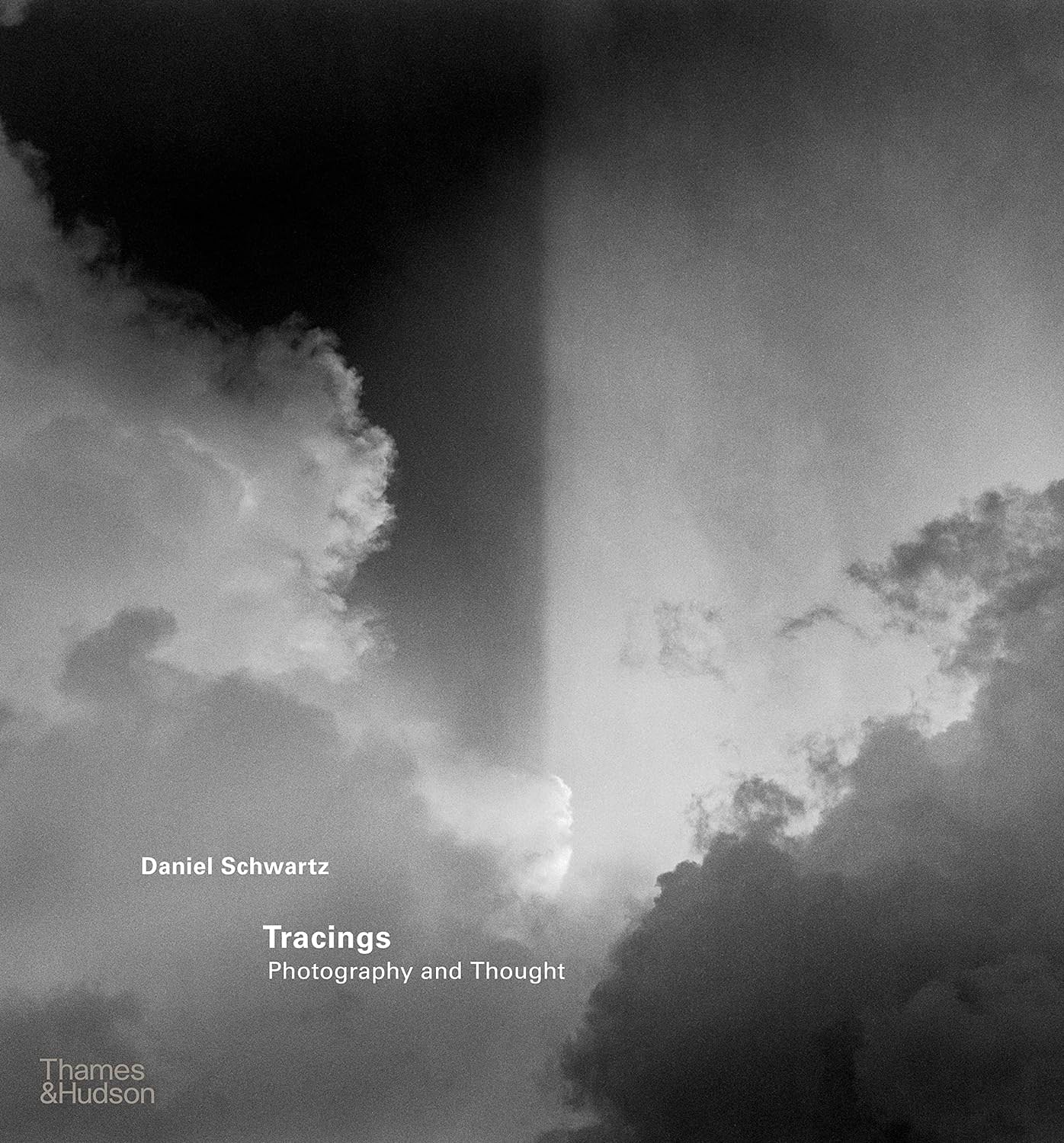Daniel Schwartz: Tracings. Photography and Thought
Daniel Schwartz’s photographs explore human activities set against an immense range of political geography and cultural history, touching on such monumental themes as imperial warfare, ancient history, environmental collapse and the vanishing cryosphere. Tracings reveals a body of work that is humanistically motivated and anchored in reality, blurring the divide between photojournalism and art.
Positioning Schwartz’s work to date in the wider history of the medium, Tracings draws together themes tackled in five monographs concerned with cultural history, political geography and the environment published by Thames & Hudson between 1986 and 2017. Essays by Beat Wismer, Giovanna Calvenzi and Carolin Emcke examine the ways Schwartz’s documentary photography intersects with the arts; look at photographic affinities and methods in Schwartz’s work, analysing the narrative of his previous books; and study Schwartz’s depiction of the individual at work, and how photographs of human activities are interwoven with photographs of nature.
Tracings is not so much a retrospective as a project tracing and continuing an evolutionary line through all Schwartz’s projects to date.
About the Author
Daniel Schwartz graduated from Zurich School of Arts and Craft (now Zurich University of the Arts) in 1980. He concentrates on book projects, with exhibitions, based on extensive travels, photographic essays, and reportages covering the Eastern Hemisphere from Iran to East Timor, from Turkmenistan to Bangladesh. Schwartz’s art is documentary; it is in the history of places. His journalism is not a reaction to events; it builds on memory. His method is best expressed in “Travelling through the Eye of History” (published, in 2009, like all his books by Thames & Hudson), a pre- and post-9/11 observation covering Central Asia including Afghanistan, Pakistan, and Kashmir. In 1987/1988, during a forbidden journey, Schwartz became the first foreigner and photographer to travel along all sections of the Great Wall of China. His reportages about the habitats of South and Southeast Asia’s deltas, endangered by the consequences of climate change, were an early photojournalistic investigation of climate change, celebrated by the Financial Times as a “visual j’accuse” and made him twice a finalist of the W. Eugene Smith Grant in Humanistic Photography (1993 and 1995). A sequel to his work “Delta” (published 1997) and awareness project, “While the Fires Burn: A Glacier Odyssey” is featured in “Beyond the Obvious,” a film about Schwartz’s life and work, to be released in 2018. From 1990 to 2005, Schwartz was a member of the editorial team of DU, and became the prestigious magazine’s second staff photographer after Werner Bischof. From 1996 to 2004, he was a member of Lookat Photos Agency and conceived and curated major traveling exhibitions. He is a member of the Advisory Board, Program for Narrative and Documentary Practice at Tufts University. In 2012, he was Visiting Artist at the Center for Studies in the Theory and History of Photography, Institute of Art History, University of Zurich. In 2010, Schwartz was awarded the prestigious Cultural Price of the Canton of Zurich. Schwartz had major solo exhibitions, e.g. at the Kunsthaus Zurich (1986) and the Martin-Gropius-Bau, Berlin (2011), and participated in group exhibitions stretching from the Rencontres Internationales de la Photographie, Arles (1988) to the San Francisco Museum of Modern Art (2011).

